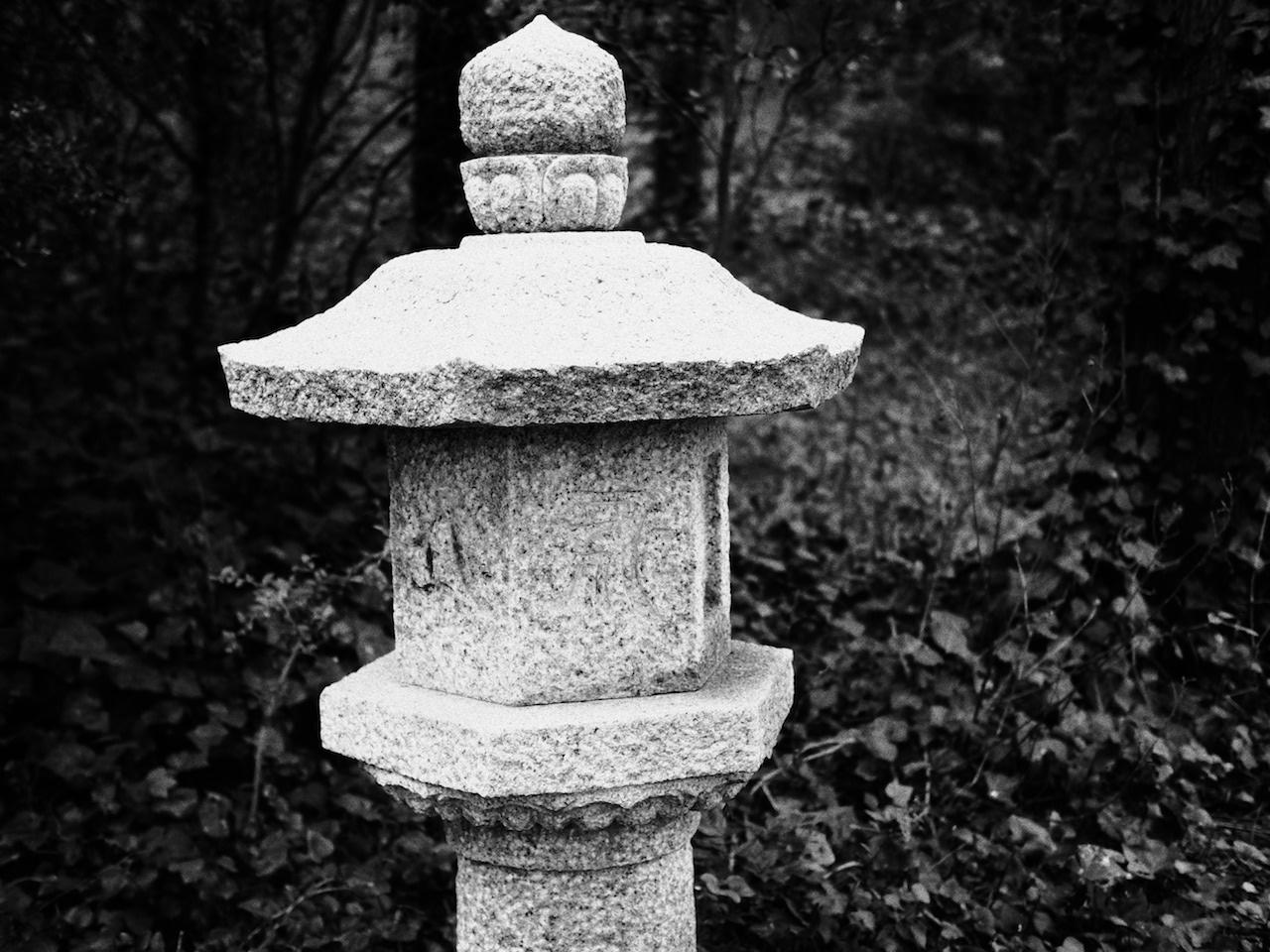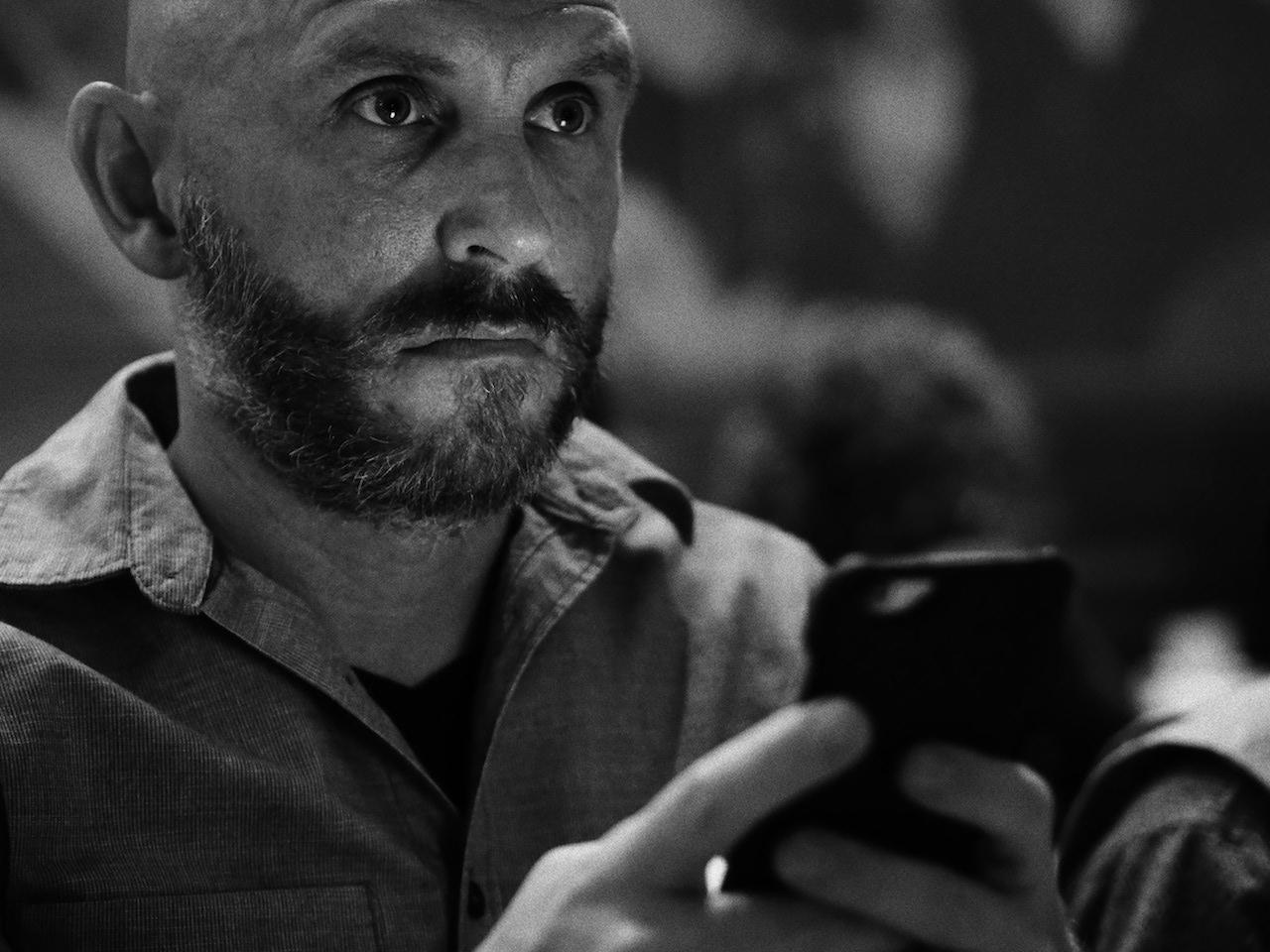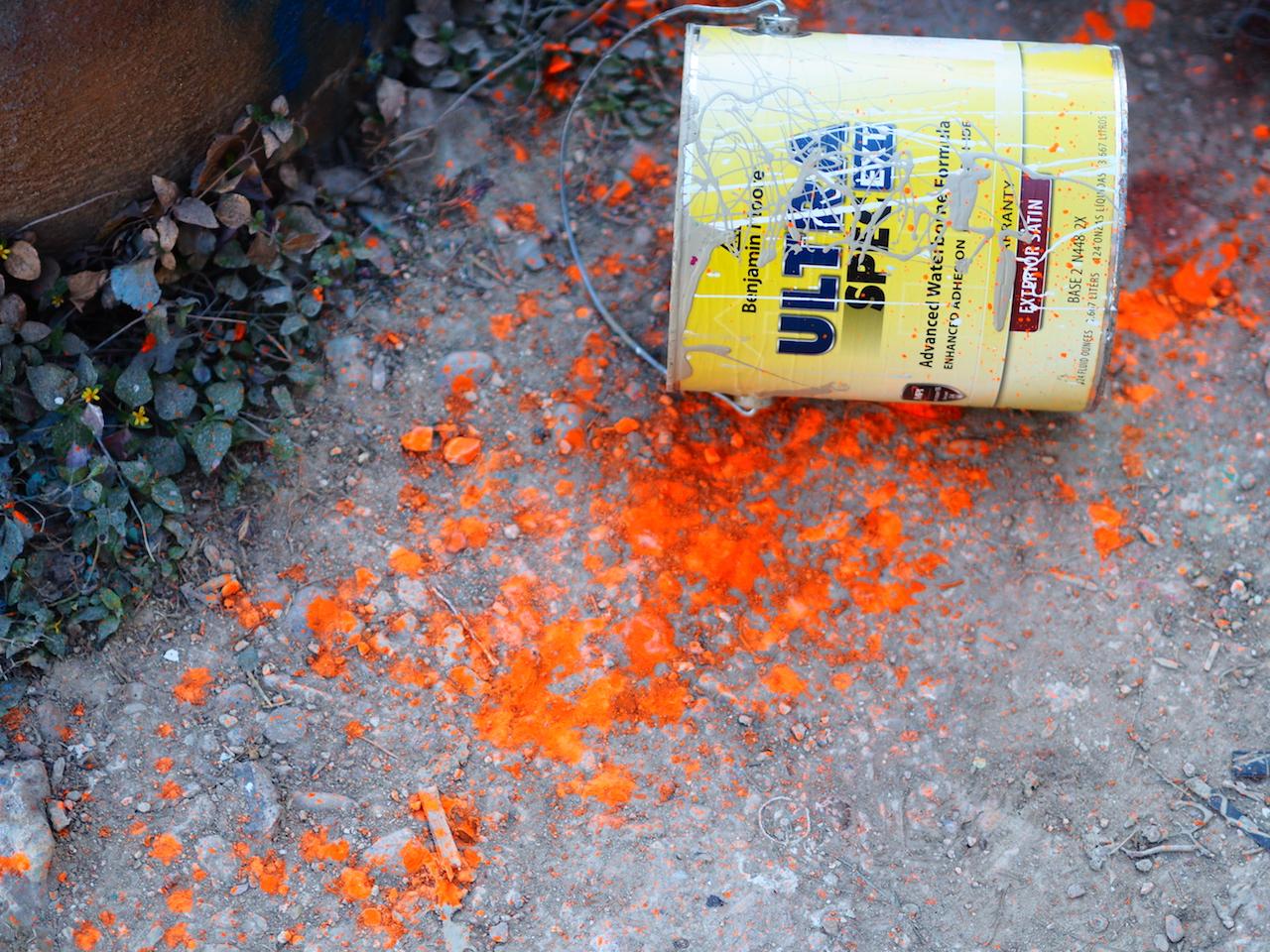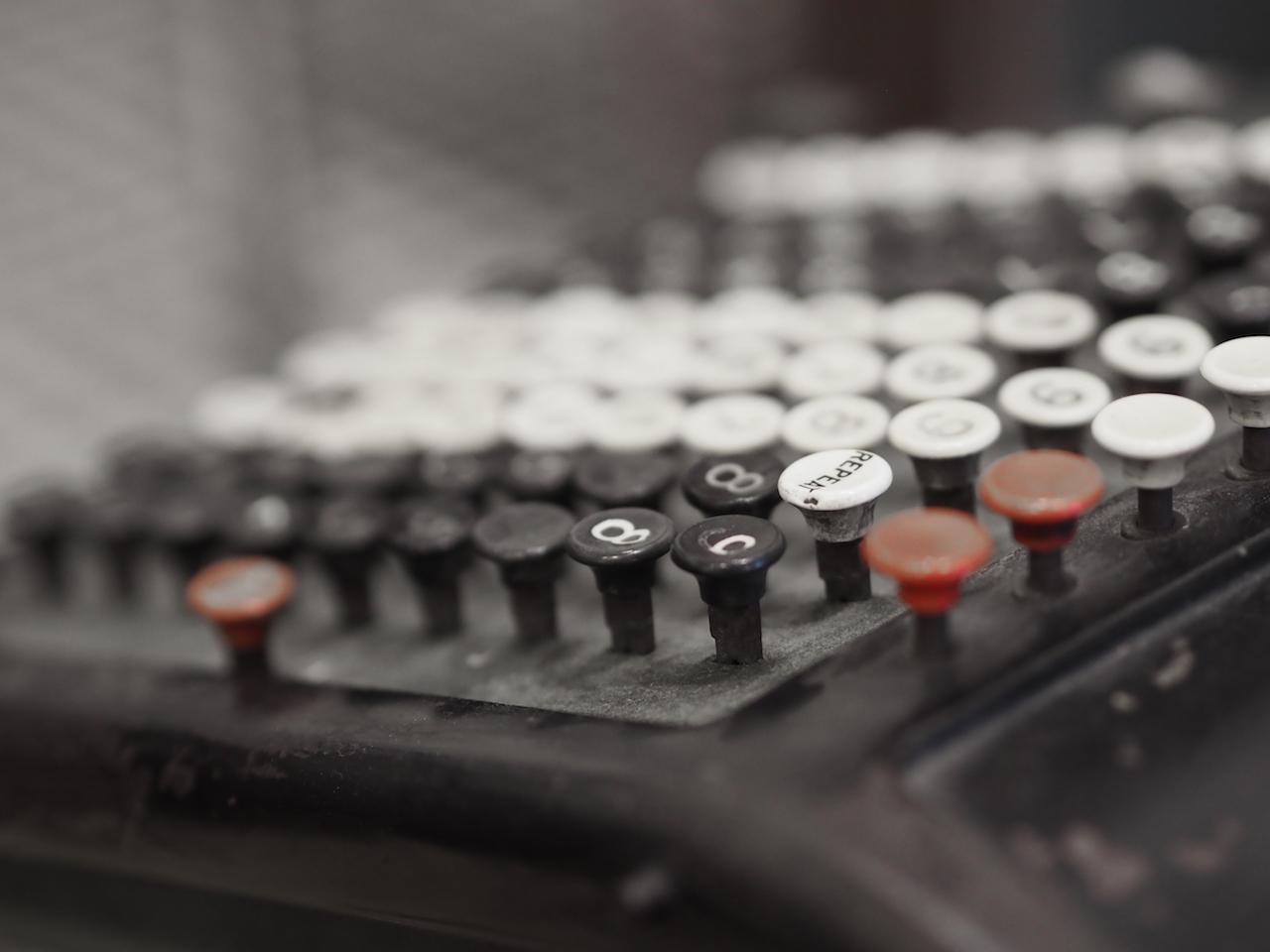What Makes Olympus' PEN-F Worth $1,200
Olympus' PEN-F gives street photographers, rangefinder fans, and devoted tinkerers with an aversion to Photoshop the camera of their dreams. Key to its appeal – and, frankly, to justifying its not-inconsiderable price – is the Creative Dial, a dedicated front-panel control (paired with a new spring-loaded lever on the back) which unlocks the PEN-F's secret weapon in the retro camera wars.
It'd be easy to confuse the new Mono and Color modes for simple art filters – after all, Olympus even bundles all of them onto the same dial, freeing up space on the mode knob up top for four custom presets.
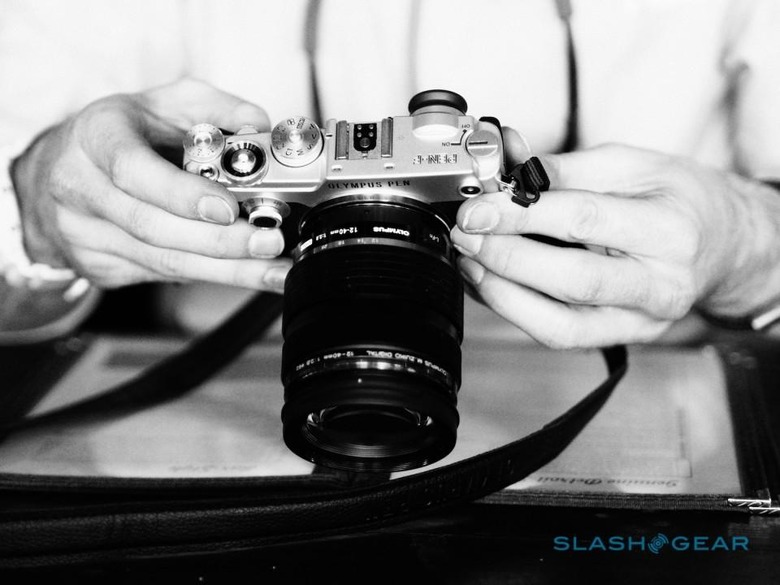
Whereas the art filters are fairly blunt tools, however, introducing pop-art style colors, pinhole vignetting, or Cher-friendly soft focus, Mono and Color are far more capable beasts.
Olympus has modeled them on some traditional film chemistry, but there's a wealth of customization that makes them more flexible than the regular filters. In Monochrome, for instance, the presets are a basic black & white, a high-contrast monochrome, and an infrared film-type, but you can tweak the level of grain from none, through low, medium, and finally high, as well as separately apply a color filter that might affect skin or sky tones.
The Mono grain is actually dynamically-calculated, rather than just ubiquitously applied when in that mode, and the PEN-F adjusts the amount depending on each frame.
As for the Creative Dial, that remembers your last settings even if you switch away, and you can save multiple creative presets to the mode dial.
For Color, meanwhile, the flexibility arrives in a different way. On the one hand, you can crank up the saturation – Olympus' presets include a deep-toned chrome film, and an even higher-saturation chrome film – or drop it down to effect the overall warmth of the frame.
However, you can also control individual saturation of twelve hues independently, with eleven degrees of adjustment for each. That can be done conservatively, trimming some of the more over-bearing colors in the frame, or for a specific effect.
For instance, in the photos in the gallery below, I was able to pick out one or more colors while subduing the rest of the frame. While other cameras allow you to desaturate all but one hue, what makes the PEN-F special is how quickly you can adjust multiple hues in the same image.
Undoubtedly I could do all this – and more – in post-processing. The PEN-F's system, however, is like having a mini-Photoshop that operates in real-time: you get to see the results on the touchscreen or in the viewfinder as you tweak the settings, and then it's all captured right there in front of you.
NOW READ: Hands-on with the Olympus PEN-F
At $1,200 body-alone, that's a lot to spend on a micro-four-thirds rangefinder – especially when you can get a Sony A6000 for a fraction of the price, or spend the same sort of money on a compact full-frame camera. Nonetheless, neither have the immediacy of the Olympus' creative controls.
Lest you doubt the appeal of monochrome, meanwhile, remember that Leica has a monochrome-only camera that refuses to take a color image. The price of that? A cool $7k.
[gallerybanner p="424311"]

